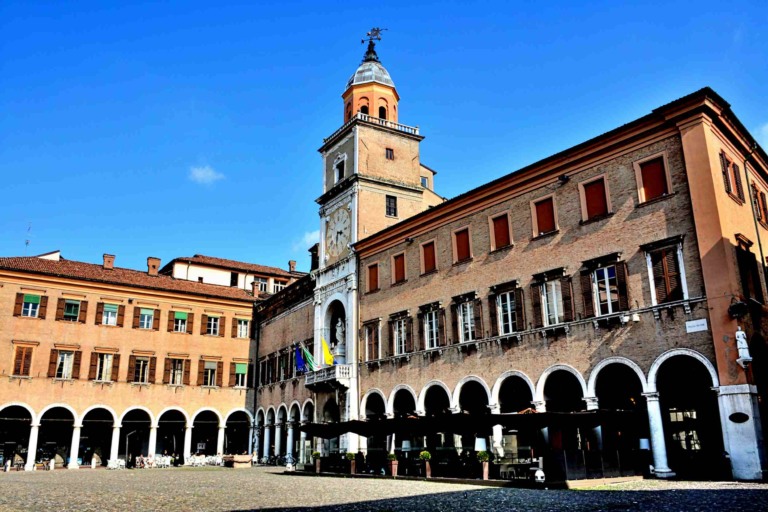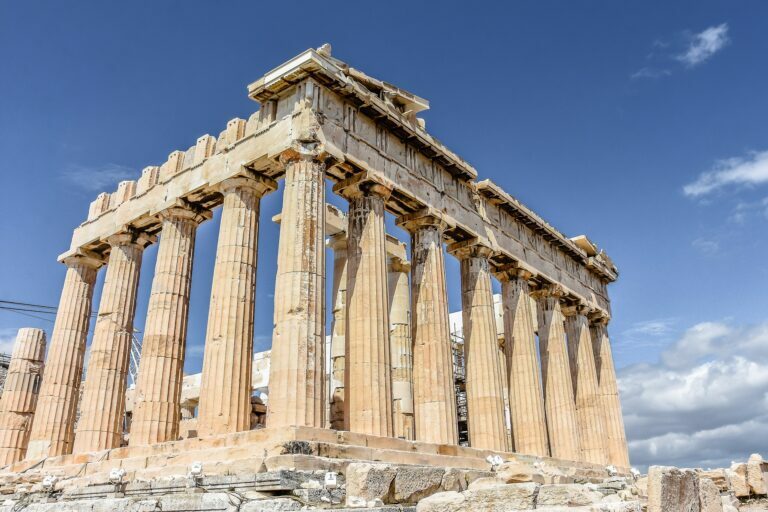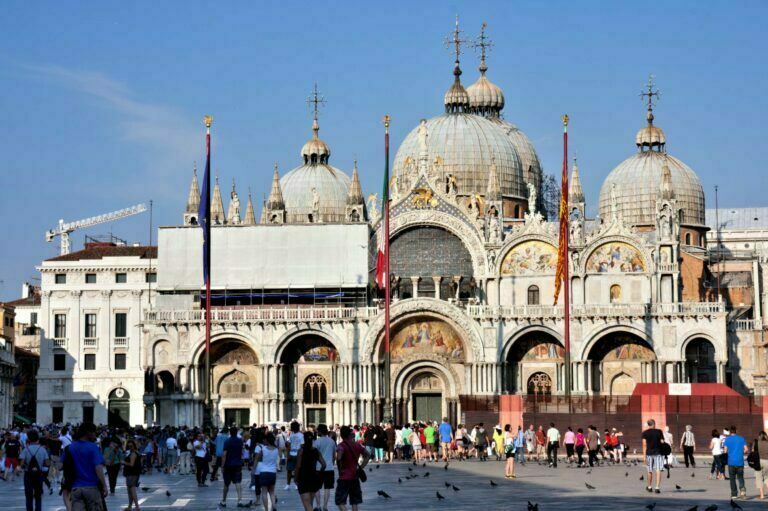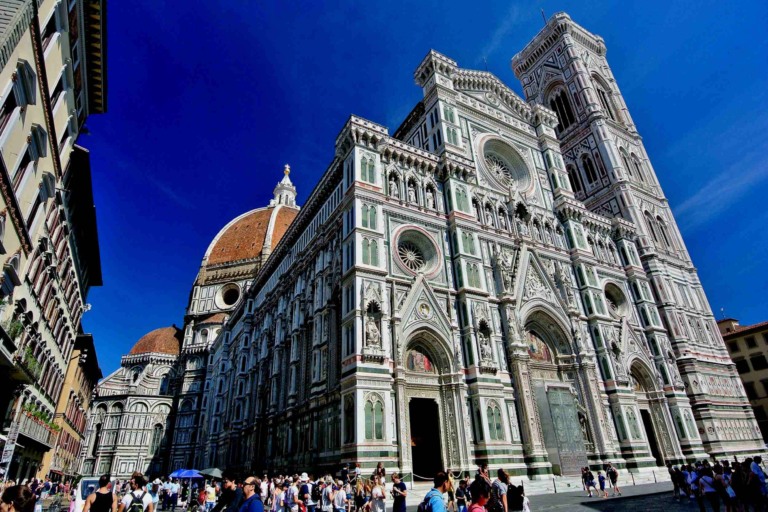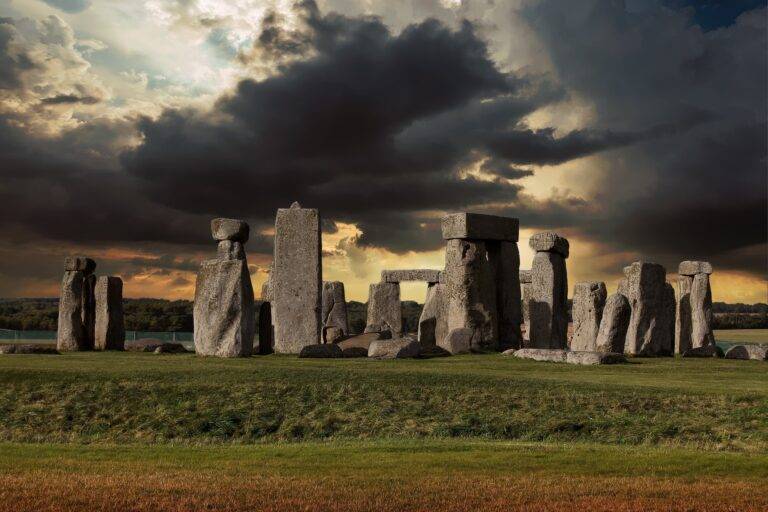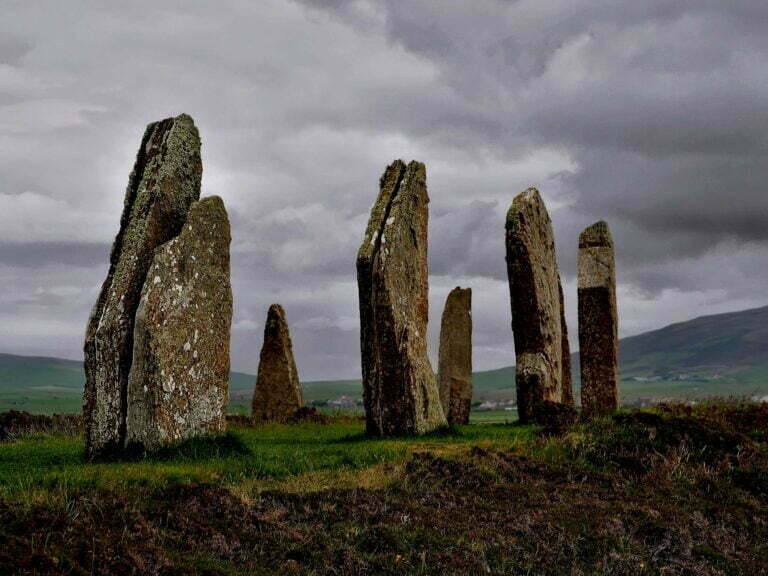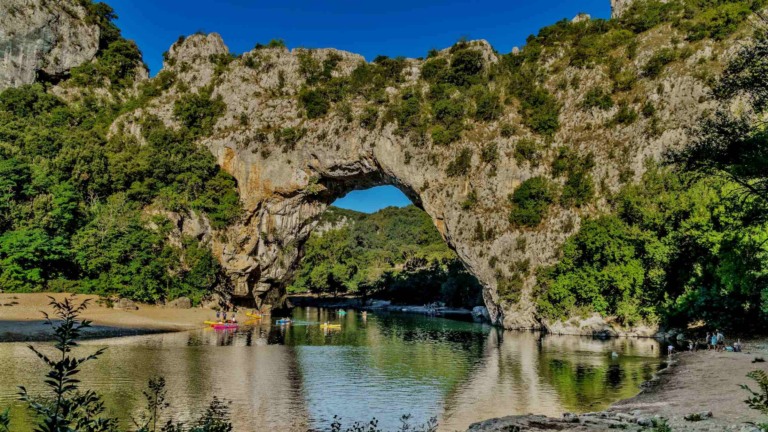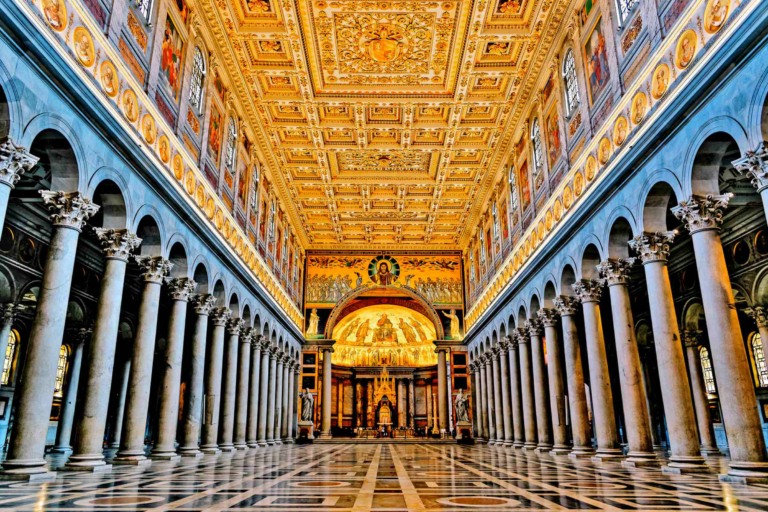Yellowstone National Park Facts History
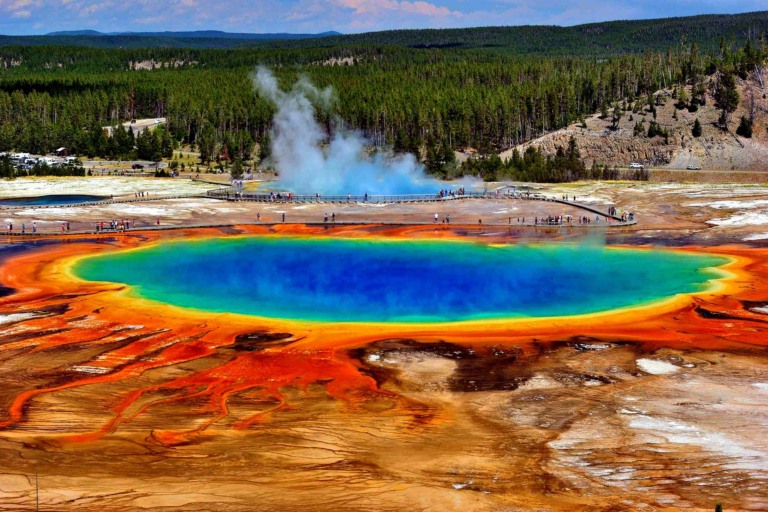
Yellowstone National Park is one of the most famous and iconic national parks in the United States. It is renowned for its stunning natural beauty, geothermal features, and diverse wildlife. Yellowstone National Park's natural wonders and rich history make it a must-visit destination for nature enthusiasts, scientists, and tourists from around the world. Its unique geothermal features and diverse ecosystems make it a true treasure of the United States. A vacation in Yellowstone National Park offers a unique and unforgettable experience. Whether you're a nature enthusiast, wildlife lover, hiker, or simply someone seeking awe-inspiring natural beauty, Yellowstone has something to offer. Here are some key facts and a brief history of Yellowstone National Park:
